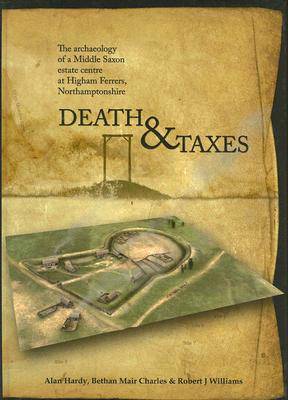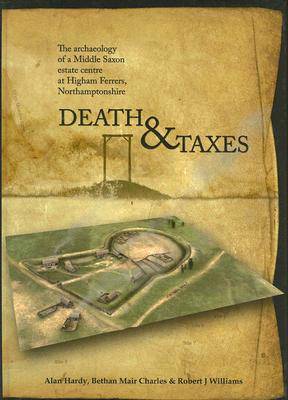
Je cadeautjes zeker op tijd in huis hebben voor de feestdagen? Kom langs in onze winkels en vind het perfecte geschenk!
- Afhalen na 1 uur in een winkel met voorraad
- Gratis thuislevering in België vanaf € 30
- Ruim aanbod met 7 miljoen producten
Je cadeautjes zeker op tijd in huis hebben voor de feestdagen? Kom langs in onze winkels en vind het perfecte geschenk!
- Afhalen na 1 uur in een winkel met voorraad
- Gratis thuislevering in België vanaf € 30
- Ruim aanbod met 7 miljoen producten
Zoeken
Death and Taxes
The Archaeology of a Middle Saxon Estate Centre at Higham Ferrers, Northamptonshire
Alan Hardy, Bethan Charles
€ 27,95
+ 55 punten
Omschrijving
How did Middle Saxon kings govern their estates, and how did the mechanism of early forms of regional administration work? A spectacular site on the outskirts of Higham Ferrers in Northamptonshire has demonstrated that archaeology can add significantly to the debate.
Specificaties
Betrokkenen
- Auteur(s):
- Uitgeverij:
Inhoud
- Aantal bladzijden:
- 250
- Reeks:
Eigenschappen
- Productcode (EAN):
- 9780904220438
- Verschijningsdatum:
- 16/10/2007
- Uitvoering:
- Hardcover
- Afmetingen:
- 210 mm x 297 mm

Alleen bij Standaard Boekhandel
+ 55 punten op je klantenkaart van Standaard Boekhandel
Beoordelingen
We publiceren alleen reviews die voldoen aan de voorwaarden voor reviews. Bekijk onze voorwaarden voor reviews.









